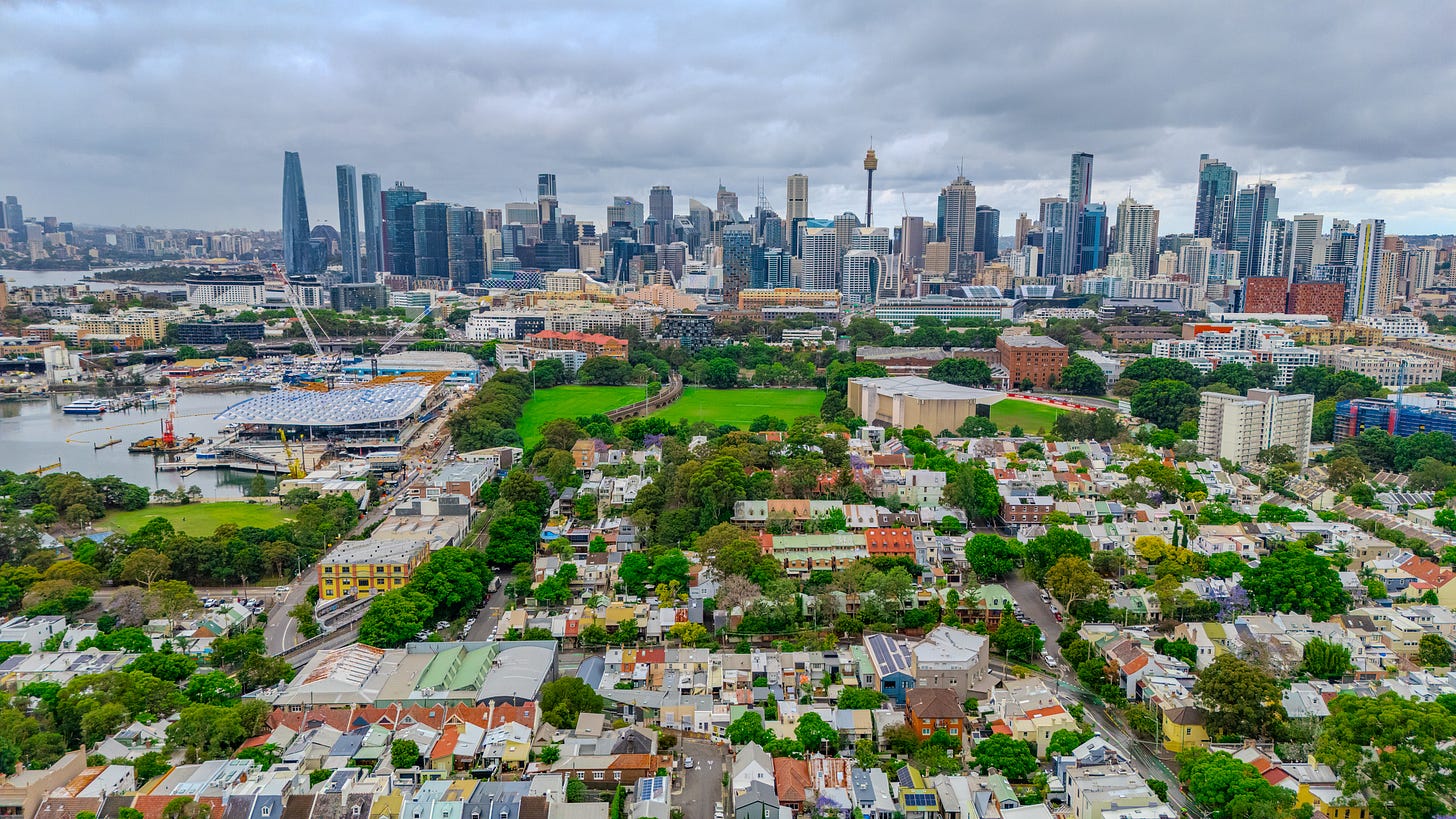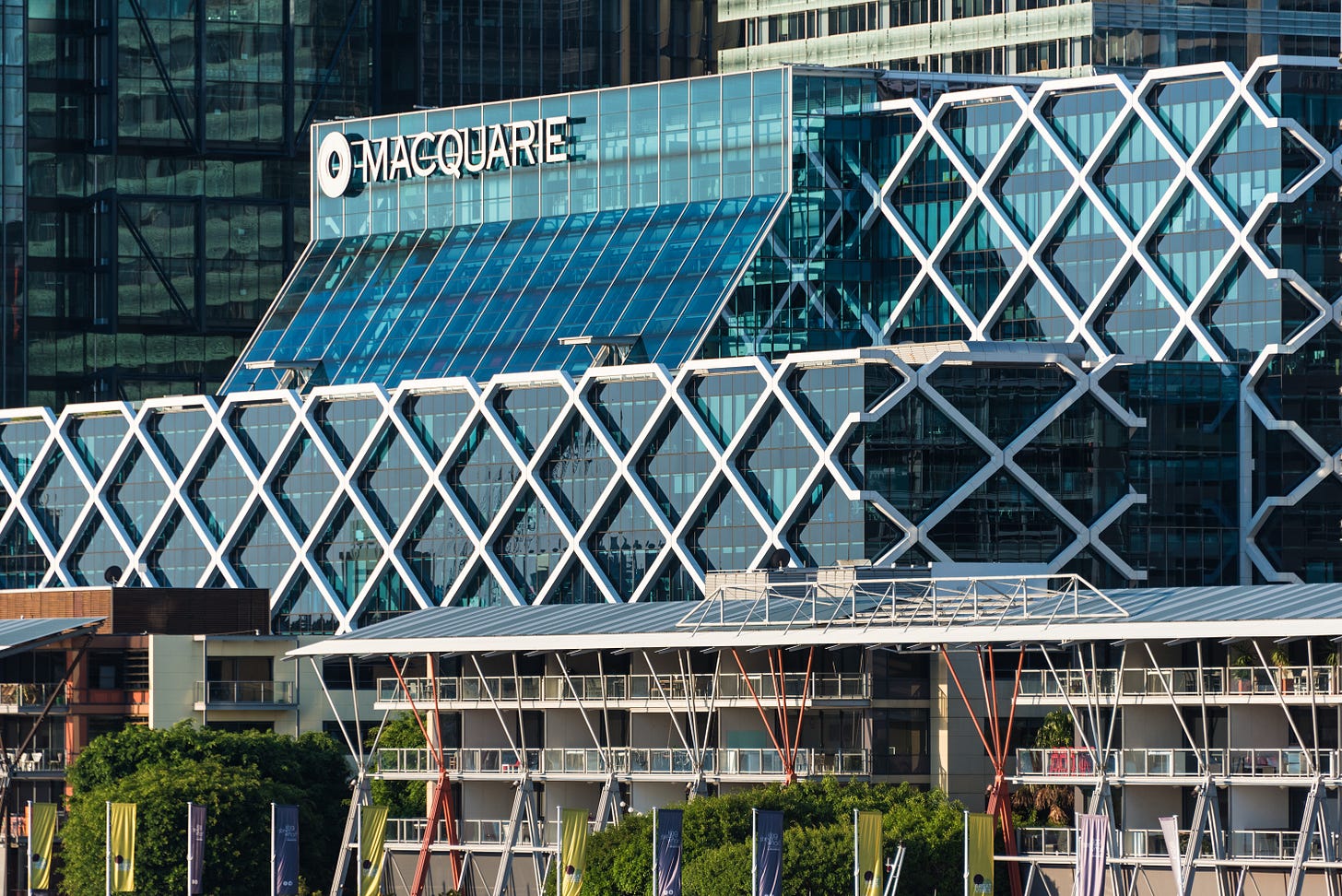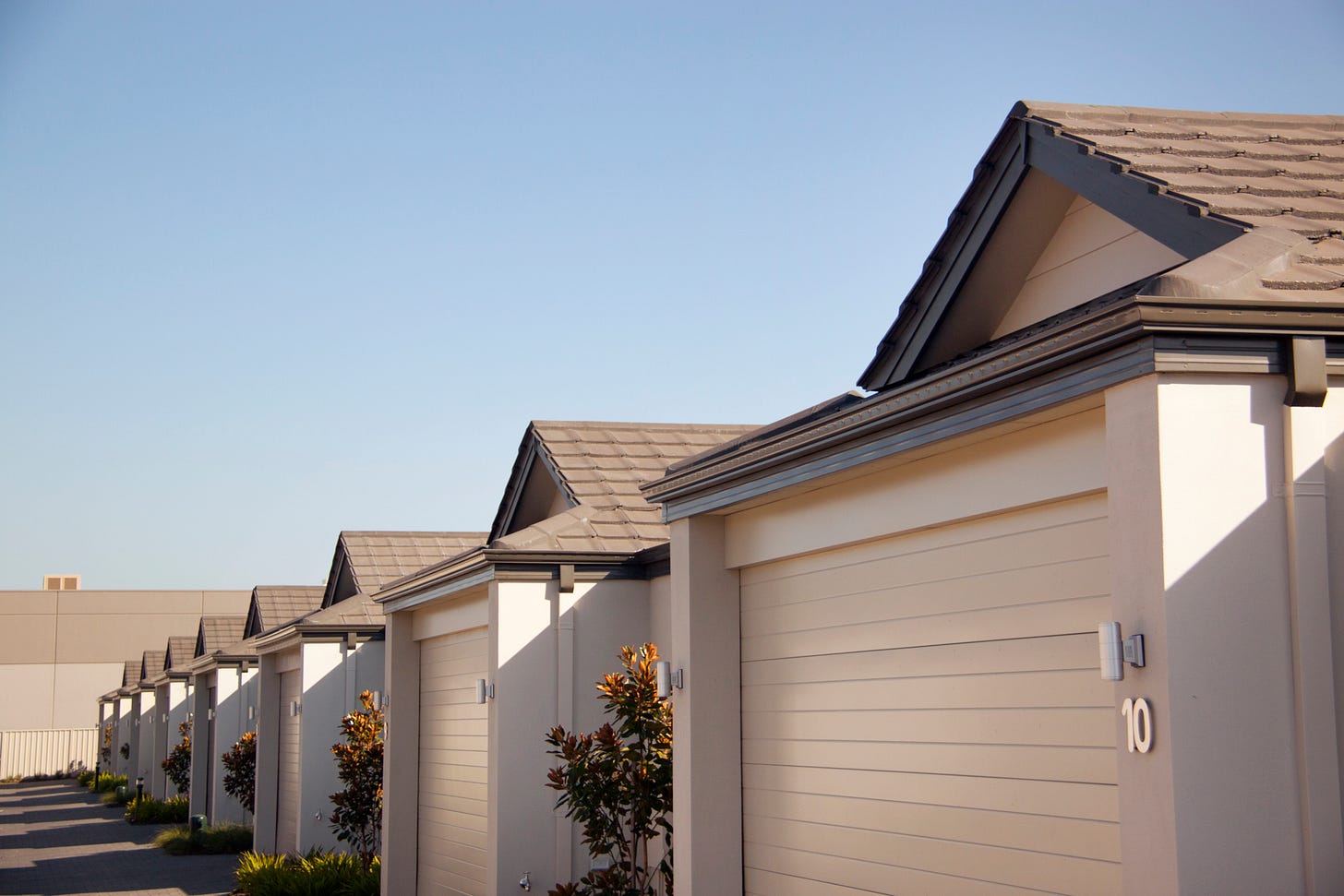Your Property Market Insights
Vacancy Rates Ease, Investor Confidence Grows, and Fixed Rates Drop: Key Trends Shaping Australian Real Estate - Jan 25 2025

Welcome to your weekly edition of Groundswell Property’s Market Insights, where we bring you the latest trends, research, and expert opinions shaping real estate across Australia.
This week’s real estate landscape reveals an intriguing mix of shifts and opportunities. With vacancy rates slightly easing but still tight, rental pressures persist in most cities. Investors are showing renewed confidence in 2025, fueled by favorable yields and stable demand.
Meanwhile, house prices continue their record-breaking growth streak, and listings are finally lifting after years of low inventory. On the financing front, fixed interest rates are beginning to drop, signaling potential competition among lenders ahead of the RBA’s first meeting this year.
Key Highlights:
Vacancy Rates: A marginal rise to 1.9% nationally, with tightest rates in Adelaide (1.1%) and Perth (1.4%).
Investor Sentiment: Stronger interest in building portfolios, with Queensland leading as the preferred state for investment.
Price Growth: House prices mark eight consecutive quarters of growth, with Brisbane reaching a new median high of $1 million.
Listings Surge: Listings are up nationally by 7.9% year-on-year, driven by homeowners capitalizing on equity gains.
Fixed Rates Drop: Macquarie Bank leads with cuts in fixed-term rates, potentially igniting competition in the lending market.
As always, our goal is to provide evidence-based insights to help you make informed property decisions—whether you're buying, selling, or simply keeping a pulse on the market. Let’s dive into the data and insights shaping the year ahead.
Fixed Rate Drop Begins
The first of Australia’s big banks has moved to drop fixed interest rates a month ahead of the Reserve Bank of Australia’s first meeting of 2025.
This week Macquarie Bank dropped its one-year fixed rate from 5.85% to 5.69%. Both of its two-year and three-year fixed rates have been dropped at the same time by 14 basis points.
The RBA meets for the first time in 2025 on February 18.
Canstar data insights director, Sally Tindall, says the drop may “ignite” further competition in the fixed-rate market.
“The fixed-rate market has been relatively quiet over the summer break, with more lenders hiking these rates in the month of December than cutting,” she says.
“However, this move from Macquarie could push other lenders into taking a look at the competitiveness of their fixed rates in the lead-up to the RBA’s next meeting.”
The Commonwealth Bank has the highest one-year fixed term rate of 6.39%, followed by NAB, 6.29%, ANZ, 6.14% and Westpac, 6.09%.
Capital City Listings on The Rise
Listings are starting to lift with some locations now at higher levels since the start of the pandemic, according to PropTrack analysis.
Its latest listings report says there is a 7.9% increase nationally in listings between 2023 and 2024 – the strongest year since 2021.
PropTrack director of economic research Cameron Kusher says the lift is fuelled by a few factors, including that sellers are taking advantage of the strong price gains they have made in recent years.
“At a national level, many homeowners who hadn’t moved or upgraded in some time took the opportunity to do so, leveraging the substantial equity gains in their properties over recent years,” Kusher says.
Year on year, Kusher says total listings are up by 6.7% across the combined capital cities and 4.7% across the combined regional centres.
“Capital city prices have increased substantially, making them less accessible for many buyers – in contrast, regional markets remain relatively affordable, which has kept demand metrics stronger there,” Kusher says.
Rental Vacancies Trending Up
Australia’s extremely tight vacancy rate has eased slightly, with new data now putting it at 1.9%.
Despite the increase, up from 1.8% in October 2024, CoreLogic’s Quarterly Rental Review says all capital city markets remain below the 3% vacancy rate which represents a balanced market.
The tightest vacancy rate is 1.1% in Adelaide, followed by Perth, 1.4% and Melbourne, 1.8%. Hobart’s vacancy is 1.9%, Brisbane is 2.1%, Sydney is 2.5%, and Darwin is 2.8%.
Another source of vacancy rate data, SQM Research, has different numbers, with a national vacancy rate of just 1.4%.
CoreLogic research director, Tim Lawless, says demand is falling in some capital cities amid slowing migration levels but he doesn’t believe it will ease the high rents many markets have recorded in the past couple of years.
“I’m not expecting a sharp decline in rents nationally due to the underlying undersupply of rental properties,” he says.
Lawless expects the return of migration levels to pre-pandemic levels by FY2027, which he says will reduce demand and put downward pressure on rents.
Price Growth Continues…
Australia’s house prices have chalked up eight consecutive quarters of growth.
Domain’s latest House Price Report shows the December quarter results make it the longest period of uninterrupted quarterly growth since between 2012 and 2015.
It was also the seventh consecutive quarter of unit price growth.
During the December quarter, Brisbane’s median house price breached the $1 million median mark for the first time, and its unit market hit a new median high of $633,000.
The report shows the pace of price growth slowed nationally during the December quarter.
With prices in the Perth house market increasing substantially in 2024, buyers began turning to its unit market instead, driving it to achieve the highest unit market growth in the December 2024 quarter of 5.4%.
Buyers seeking affordability drove up median unit prices in all capital cities, with Darwin up by 4.4%, Melbourne 2.1%, Brisbane 1.8%, Hobart 1.5%, Adelaide 0.6% and Sydney 0.4%.
Investors Circling
Investors are keener to buy in 2025 than they have been since mid-2022, according to API Magazine’s latest Property Sentiment Report.
It says 30% of respondents intend to buy in the next 12 months and the majority (65%) of those are investors.
The report says investors believe 2025 is a good year to build their portfolios, with many turning back to houses as their preferred asset.
“While still some way short of the 45% recorded in Q2 2022, the proportion of buyers looking to purchase a house has risen steadily for six months to 39%,” the report says.
More than a third of respondents selected Queensland (34%) as their preferred state for investment in 2025.
Surprisingly, 20% selected Victoria for investment despite new taxes and fees, which have been a deterrent to investors in the past 12 months.
Investors say they are happy if they can achieve a yield of between 4.6% and 5.5%, and the majority (79%) are not willing to lose a good tenant to pursue a higher return.
Key Takeaways
As we move further into 2025, the real estate market shows resilience and dynamism. Despite easing vacancies and rising listings, demand for affordable options continues to drive growth in unit prices.
Investors are stepping back in, buoyed by favorable conditions, while homebuyers face a mix of challenges and opportunities. With fixed-rate competition heating up, now may be the time to explore your financial options.
Keep an eye on the suburbs tipped for strong growth, stay informed on market dynamics, and remember: the key to success in real estate is staying ahead of the trends.
Thanks for joining us, and we’ll see you next Saturday with more insights.
We look forward to supporting you on your property investment journey in 2025 - Tom
Tom Haigh
Director & Licensed Buyers Agent
Groundswell Property - Established 2015
tom@groundswellproperty.net
0439754475







